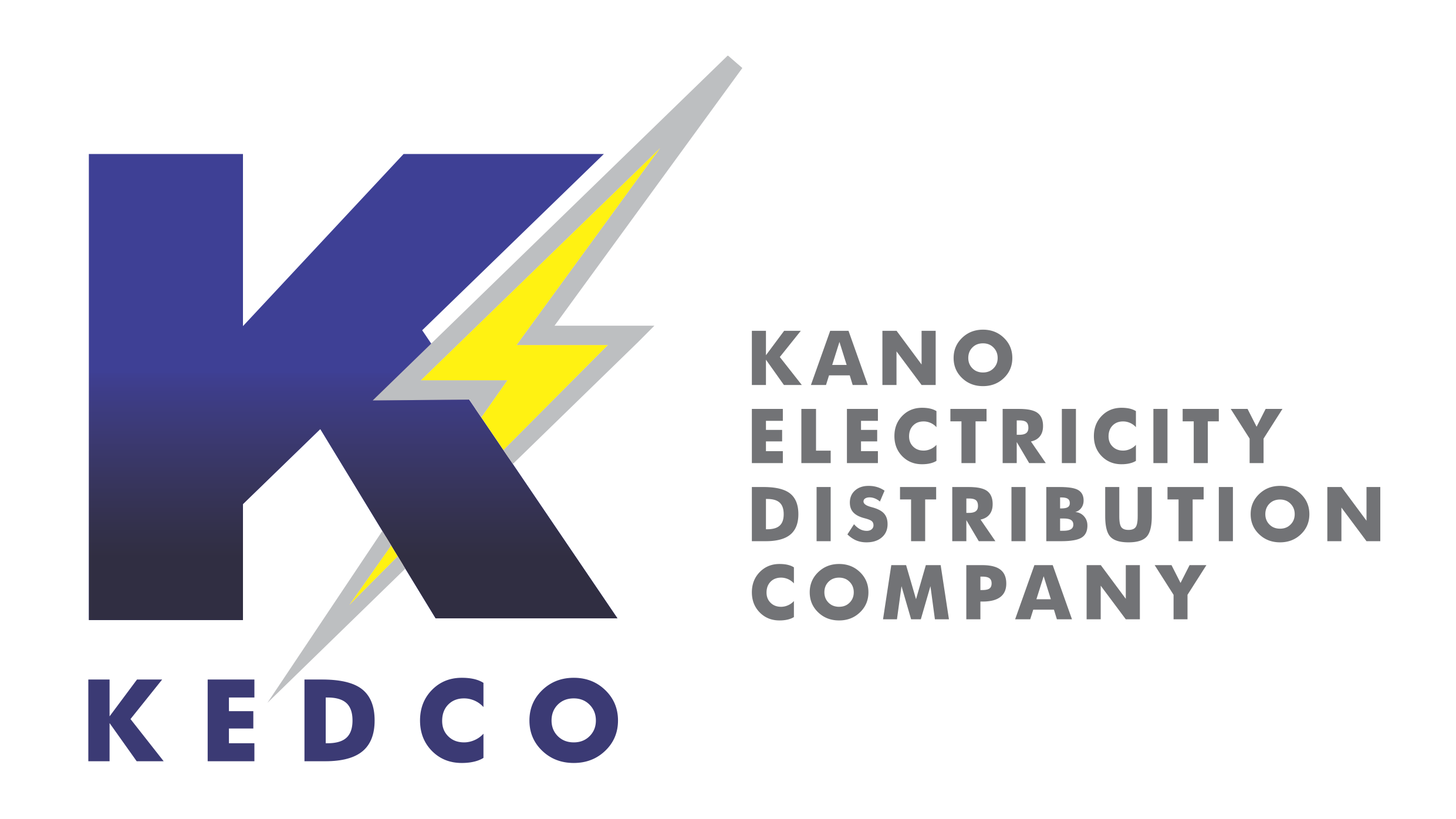How Amazon Handles Reverse Logistics: Returns, Restocking & Reselling - Coruzant Technologies
In the world of e-commerce, returns are inevitable. With millions of daily transactions, even a small percentage of returns can translate into massive logistical challenges. Amazon handles this scale by operating one of the world’s most robust reverse logistics systems to manage the flow of returned goods. From customer returns to reselling refurbished items, Amazon’s reverse logistics operations are a masterclass in efficiency, technology, and scale
This article explores how Amazon handles returns, restocking, and the reselling process—offering insights into what makes their system one of the most effective in the industry.
Reverse logistics refers to the movement of goods from the end customer back to the seller or manufacturer. Unlike traditional logistics, which focuses on getting products to customers, reverse logistics deals with returns, repairs, recycling, and disposal.
In the context of amazon reverse logistics, this process includes everything from handling return requests and inspecting returned products to deciding whether to restock, refurbish, resell, or dispose of the items.
With over 2 billion packages shipped annually, Amazon handles a staggering number of returns. On average, online retailers experience return rates of up to 30%, and Amazon is no exception. High return volumes can negatively impact profitability and inventory flow if not managed correctly.
To address this, Amazon has invested heavily in technology, data analytics, and specialized facilities to make the reverse logistics process as streamlined as possible.
The return journey begins when a customer initiates a return through Amazon’s online portal. Amazon provides a simple, user-friendly interface that allows buyers to select the reason for the return, print a prepaid label, and drop off the item at an authorized location.
In some cases, Amazon even allows customers to return items without packaging or labels via partnerships with stores like Kohl’s and UPS.
Once a return is initiated, Amazon uses internal algorithms to determine the optimal return location based on the item’s condition, category, and customer location. This could be a fulfillment center, third-party seller warehouse, or a dedicated returns processing facility.
This intelligent routing helps reduce transportation costs and improves turnaround time for restocking or reselling.
At the return center, each item undergoes a detailed inspection process. Trained personnel assess the condition, verify authenticity, and determine the next step:
This program is Amazon’s marketplace for refurbished electronics and other products. Items that qualify for this channel are tested, cleaned, and certified by professionals before being resold with a warranty. It’s an eco-friendly solution that also recaptures lost revenue from returned goods.
Products returned in good condition are listed here at discounted prices. These items are typically open-box or slightly used but still functional. The warehouse deals section is popular among budget-conscious buyers and contributes significantly to Amazon’s sustainable retail practices.
Once approved for restocking, items are carefully repackaged to meet Amazon’s high standards. This includes replacing damaged boxes, relabeling items, and updating inventory data. Restocked items are then redistributed to nearby fulfillment centers, ensuring they’re available for quick dispatch if ordered again.
The efficiency of amazon reverse logistics is largely powered by advanced technologies such as:
These tools not only reduce manual labor but also enhance accuracy and speed—two critical factors in handling high-volume returns.
Amazon has made public commitments to reduce its carbon footprint. One aspect of this involves minimizing waste generated from returns. By reselling, refurbishing, or recycling returned items, Amazon reduces landfill waste and promotes a circular economy.
Through programs like Amazon Renewed and Warehouse Deals, the company helps extend the lifecycle of products while keeping them out of landfills.
For third-party sellers using Amazon’s platform, reverse logistics can be more complex. Amazon offers services like FBA (Fulfillment by Amazon), where it handles returns on the seller’s behalf. However, sellers are responsible for return shipping costs in some cases and must adhere to Amazon’s strict return policies.
To navigate this effectively, sellers must understand Amazon’s rules and track their return metrics. Minimizing returns through quality control, clear product descriptions, and responsive customer service can make a significant difference.
Amazon continues to invest in innovations that will shape the future of reverse logistics:
As e-commerce expands, the importance of reverse logistics will only grow—and Amazon is setting the pace for the industry.
Efficient reverse logistics is no longer optional—it’s essential for maintaining customer satisfaction, controlling costs, and reducing environmental impact. Amazon’s system combines technology, strategic planning, and sustainability to handle returns at scale without sacrificing quality or speed.
Whether its restocking like-new items or refurbishing gadgets for resale, the way Amazon handles returns sets a high standard for modern e-commerce. Retailers of all sizes can learn valuable lessons from how Amazon turns return headaches into opportunities.






:max_bytes(150000):strip_icc()/par-moms-on-amazon-say-these-tummy-control-swimsuits-are-flattering--make-them-feel-confident-tout-16d3f343e7314e00b00d63a595595151.jpg)


